NOTE: I'll begin this experience report with a brief disclaimer. It's been less than three years since I returned to shooting 35mm film after switching to digital photography over 20 years ago. I've inundated myself with as much film education as possible between web articles and advice from experienced film shooters. But, since my prior experience with film is decades old, this review is from a rather novice point of view.
UPDATE 25 January 2022: I bought an Epson Perfection V600 scanner, scanned the slides myself and compared my scans against the ones from The Darkroom. See below.
A few weeks ago, Bhavna and I took a day off from work in the middle of the week and spent a day down the shore at Avalon Beach. We had a wonderful time. I recently purchased a gently used Minolta camera kit from an elderly couple in Lambertville who downsized. The kit included Minolta X-700 35mm film camera, an MD Rokkor-X 50mm f/1.7 lens, and two speedlights. Along with my Fuji X-T2, I brought the XD-11 and a few rolls of colour film.
The Minolta X-700 is a 35mm film SLR camera introduced by Minolta in 1981. It is a high-end camera designed for serious photographers who want advanced features and excellent performance. The X-700 has a solid and well-built body that is durable and well-balanced. It features a bright viewfinder that shows the entire frame and provides a clear, accurate view of the scene. The viewfinder also displays the aperture, shutter speed settings, and a battery check indicator.
The camera has a wide range of exposure control modes, including manual, aperture priority, shutter priority, and program modes. It also features a unique "programmed auto" mode, which automatically selects the aperture and shutter speed for proper exposure based on the scene. The X-700 has a fast and accurate through-the-lens (TTL) metering system that uses a silicon photodiode sensor to measure light. The metering system provides accurate exposure readings even in difficult lighting conditions, and it also features a centre-weighted averaging mode for more precise metering.
Other features of the X-700 include a self-timer, multiple exposure capability, and a depth-of-field preview button. It also has a metal focal plane shutter that can operate at speeds up to 1/1000th of a second.
One of the unique features of the X-700 is its compatibility with the Minolta Program System (MPS), which allows the camera to communicate with Minolta flash units and optimise flash exposure based on the scene. This makes the X-700 an excellent choice for photographers needing off-camera flash.
The Minolta X-700's compact size and rugged construction made it a popular choice for photographers seeking a high-quality, easy-to-use and reliable SLR camera.
The Minolta MD Rokkor-X 50mm f/1.7 is a standard prime lens designed with Minolta manual focus SLR cameras, such as the XD-11 and X-700. It was produced in the 1970s and 1980s and is known for its excellent optical quality and durability. The lens has a maximum aperture of f/1.7, making it fast to capture sharp images even in low light conditions. The aperture range goes up to f/16, which provides a wide range of depth-of-field options. The lens has a 50mm focal length, considered a standard focal length.
The lens is compact and lightweight, making it easy to carry and use. The lens barrel is made of metal, which adds to its durability and longevity. The focusing ring is smooth and precise, making it easy to focus accurately, and the aperture ring clicks firmly into place at each f-stop. The lens's optical construction consists of six elements in five groups, which helps minimise distortion and produce sharp, contrasty images with good colour saturation. The lens also has multi-coated optics, which reduces lens flare and ghosting and improves overall image quality.
The Minolta MD Rokkor-X 50mm f/1.7 lens is versatile and suitable for various photography styles, including portrait, landscape, and street photography. It was a popular lens among photographers who valued its excellent optical quality, fast aperture, and compact size.
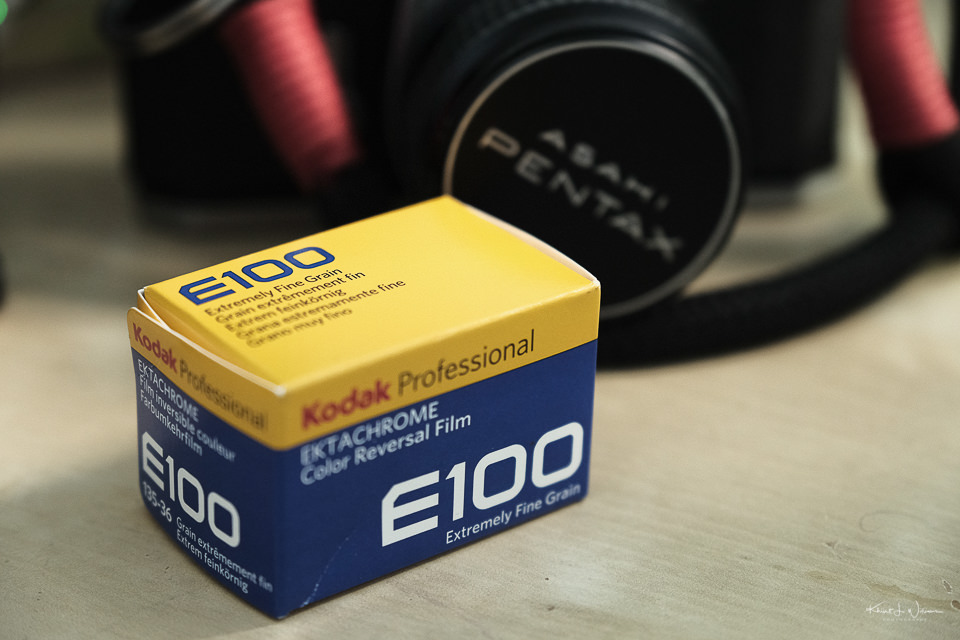
Bhavana wanted to walk along the beach, so I grabbed my Fuji X-T2 and captured a few shots using Ritchie Roesch's Kodak Portra 160 film simulation settings. I also had 35mm film rolls each of Kodak Professional Portra 160 Colour Negative Film and Kodak Professional Ektachrome E100 Colour Reversal Film in my camera bag. Exposing some 35mm film and comparing it to the digital might be fun. I grabbed the X-700 and loaded the Kodak Ektachrome 100.
After two weeks of waiting, the film was finally developed and scanned by The Darkroom for download.
I have no prior experience with Kodak Professional Ektachrome E100. If I remember correctly, I had my aperture at f/8 for most of the exposures, the same as on the Fuji X-T2, and shot in aperture-priority mode, letting the Minolta choose the shutter speed. I may have been so excited that I ignored my camera settings. Looking at the EXIF data from the Fuji X-T2 images, I see that I had set the X-T2 to f/8 at ISO 200, and most of the digital photos were captured at 1/1000 sec or faster. The Minolta X-700 has a maximum shutter speed of 1/1000 sec. I had exceeded the limits of the Minolta X-700, and the frames should be overexposed. However, they appear underexposed. I'm not sure why the structures appear this dark. I admit my ignorance in this regard. Exposing this roll of 35mm film was humbling. There is much to relearn.
I also didn't expect this much grain. I am not a fan of grain in colour photography. Grain can give a black and white film image an edgy "end of the world look" or add intensity to a photograph of a miserable wet wintry scene. But grain in colour images feels offensive. I'm not too fond of it.
I admit I am disappointed. The scenes looked sharp and vibrant in the viewfinder on the Minolta, but the scanned negatives appeared dull. I could blame my tool, but that's not how my mind works. This failure is all on me. But now I know I need to be aware of ISO and aperture limits and perhaps use the Sunny 16 rule to gut-check what the camera tells me.
I enthusiastically enjoyed shooting the Minolta X-700, and I am anxious for another opportunity to return to the beach and try again. But with a cheaper roll of film.
If you shoot film and Fuji X-T2, you may want to check out Ritchie's film simulation recipes. He has an excellent Kodak Ektachrome 100SW Film Simulation Recipe.
Anyway, here are the best of the images. Comparing film versus digital simulation, some subjects are nearly identical to the SOOC photographs from the Fuji X-T2. The only adjustment made to these scans is for horizontal correction. I have a tilt.
| Name | Kodak Professional Ektachrome E100 |
|---|---|
| Format | 35mm |
| Type | Colour (reversal) |
| Native ISO | 100 |
| Lab | The Dark Room |
| Process | E-6 |
| Scanner | Noritsu |
| Software | SilverFast 9, Adobe Lightroom |
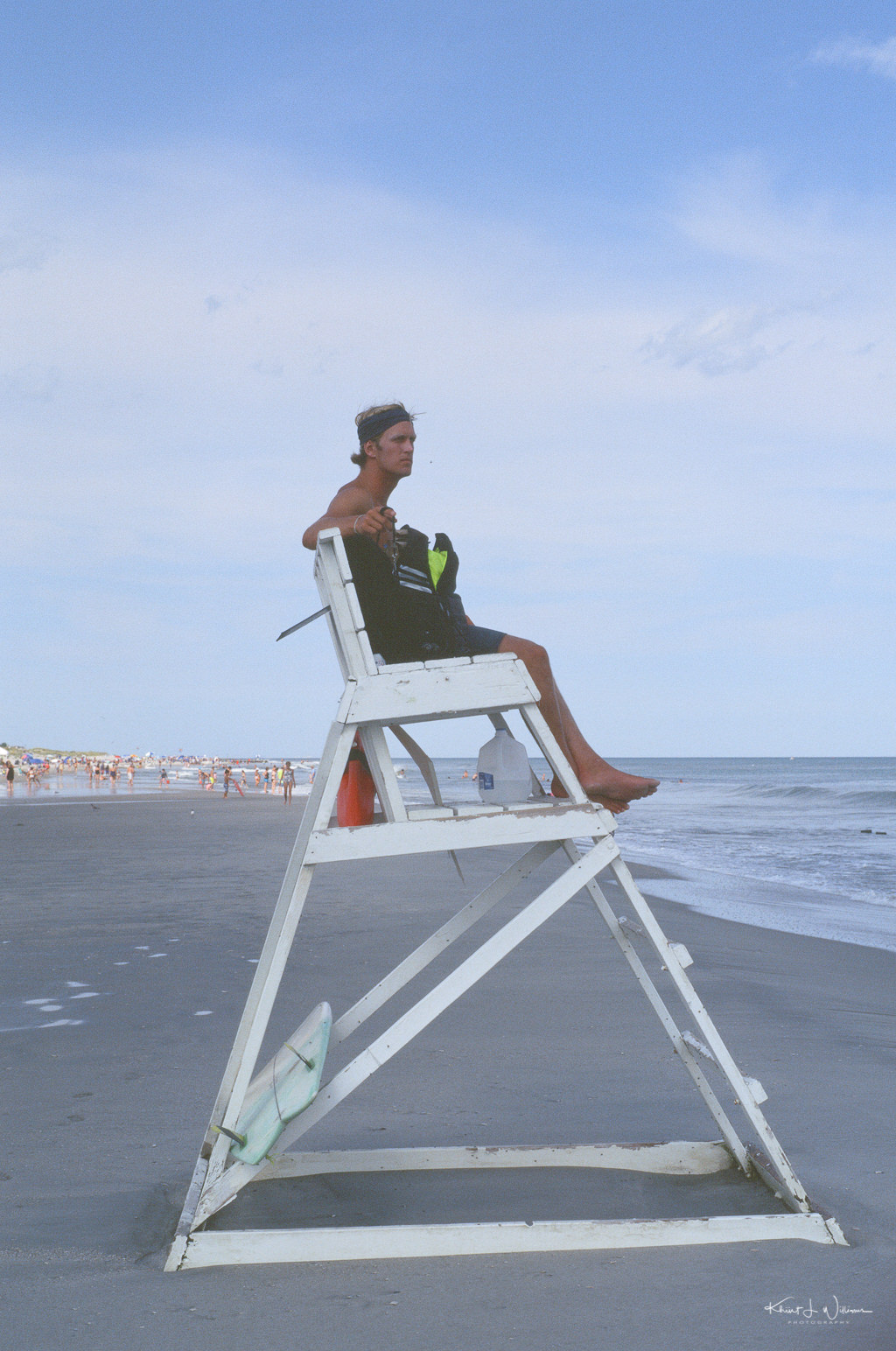
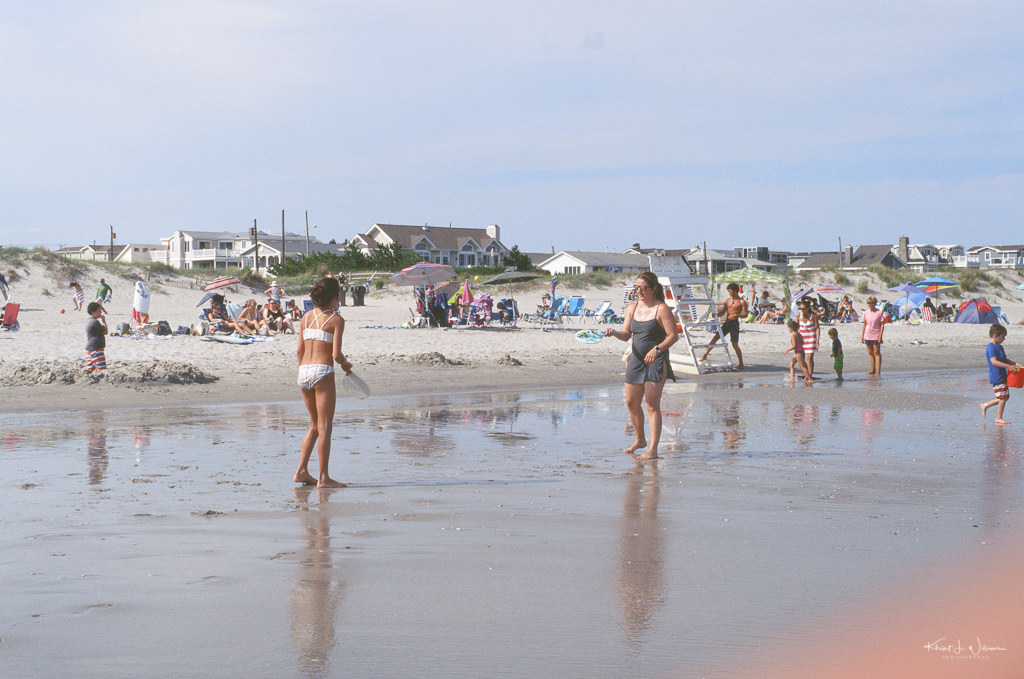
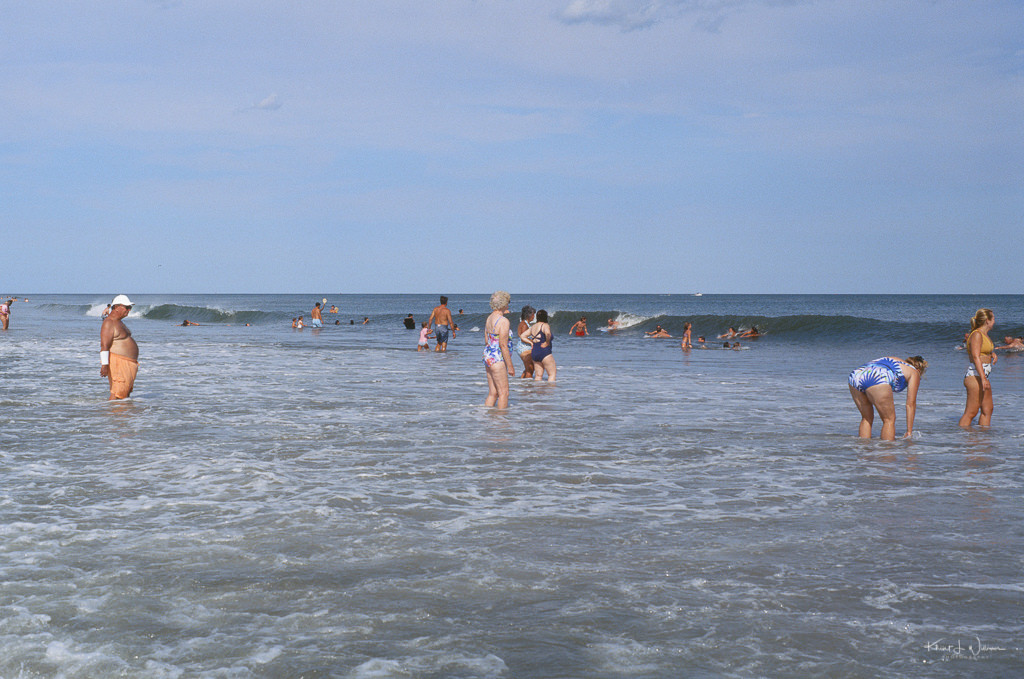
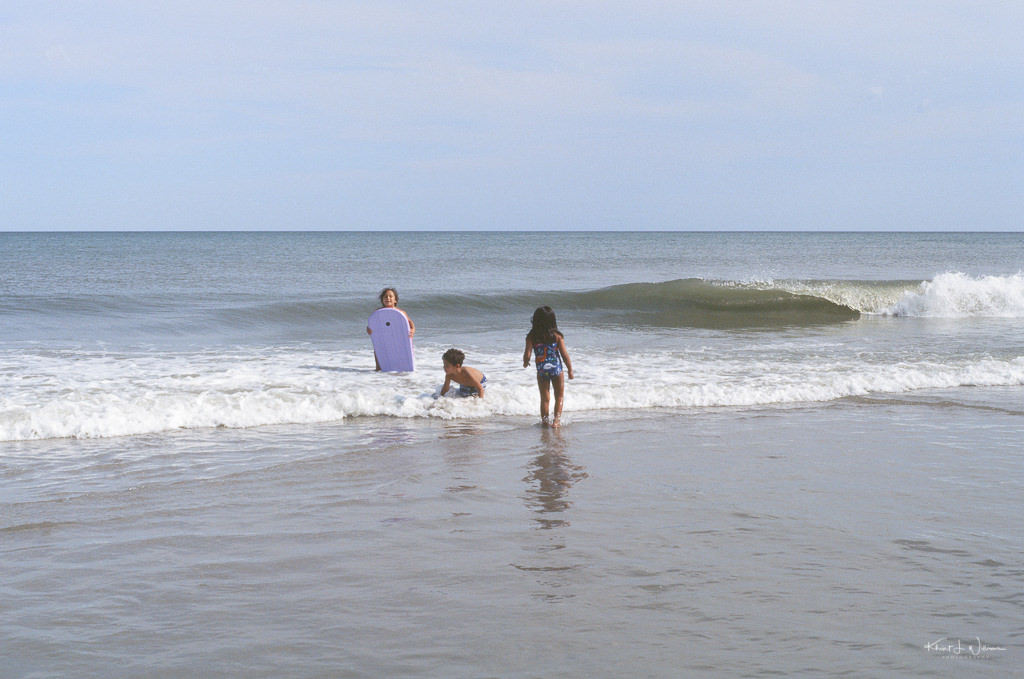
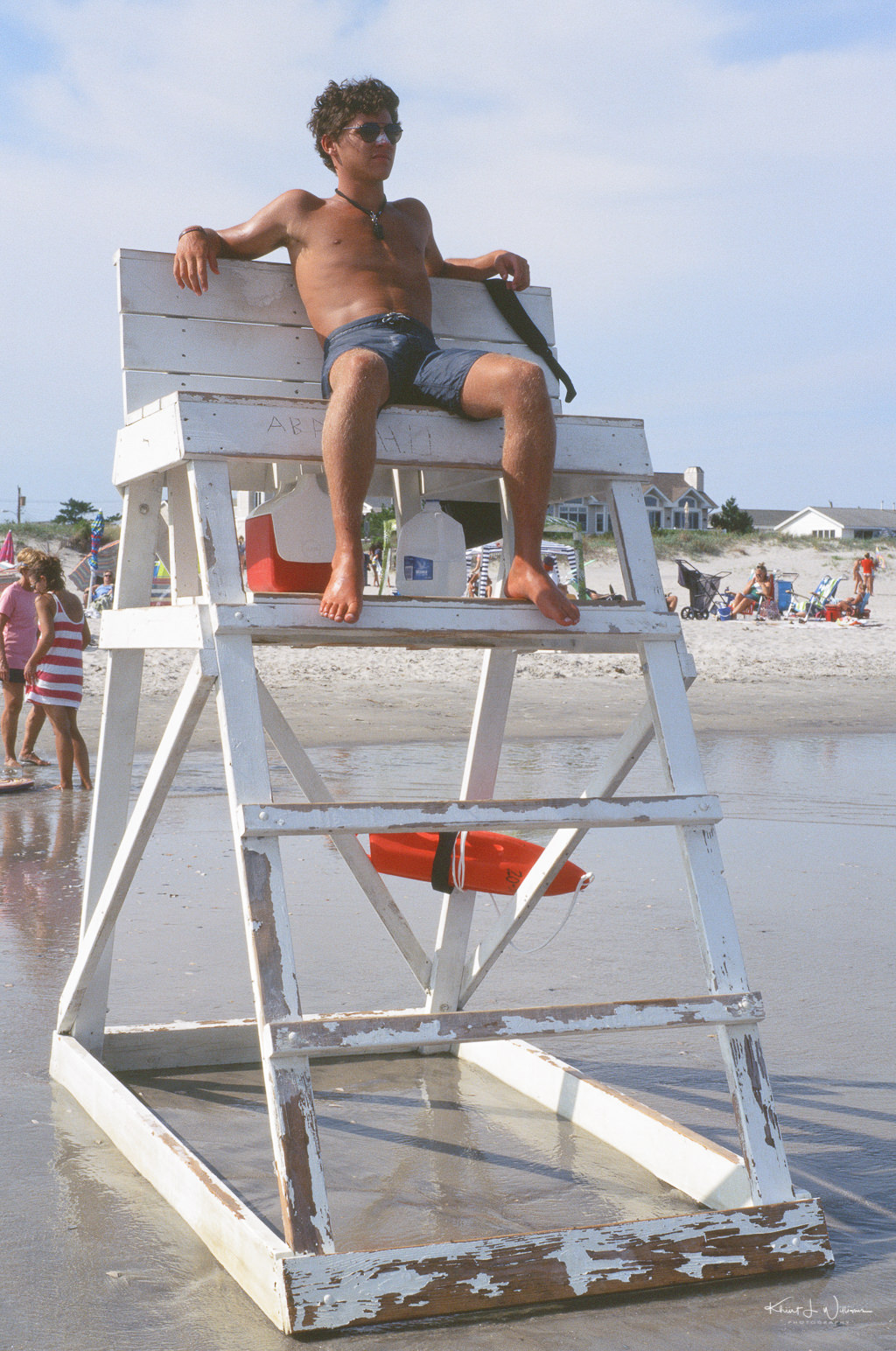
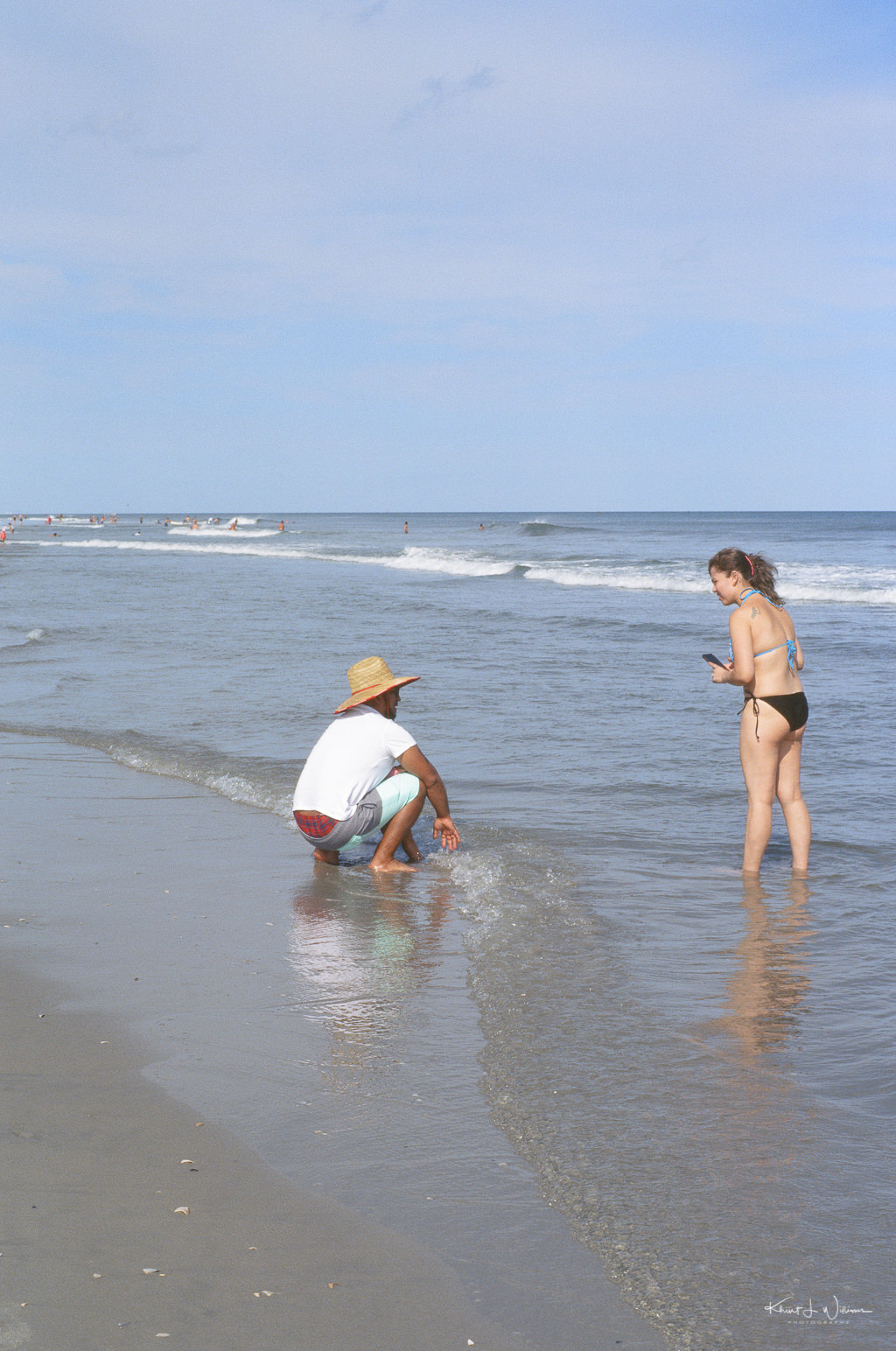
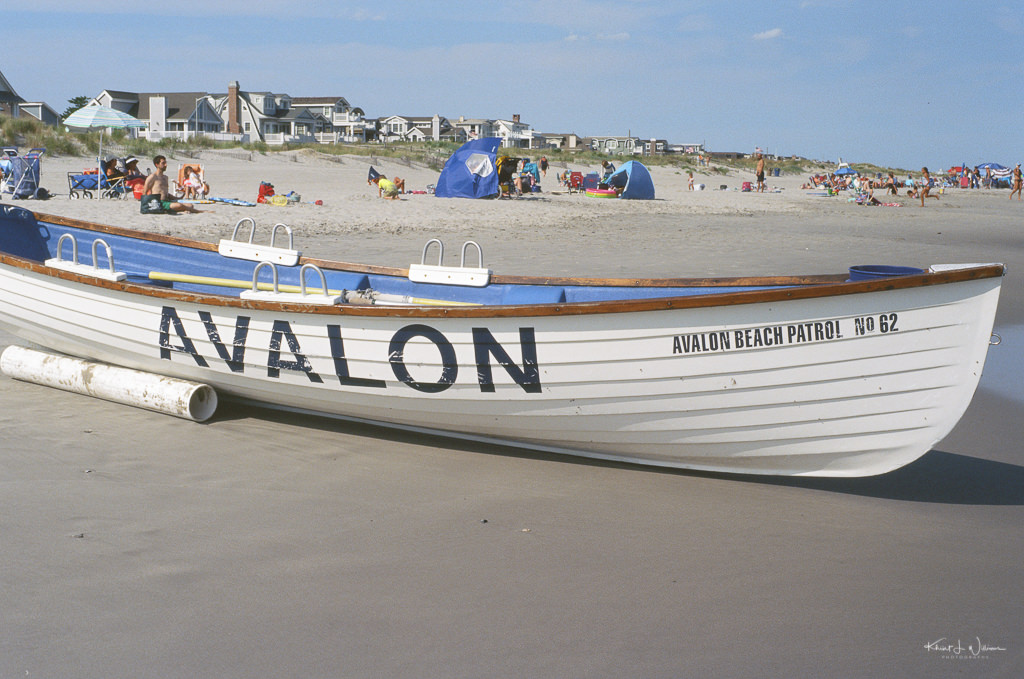
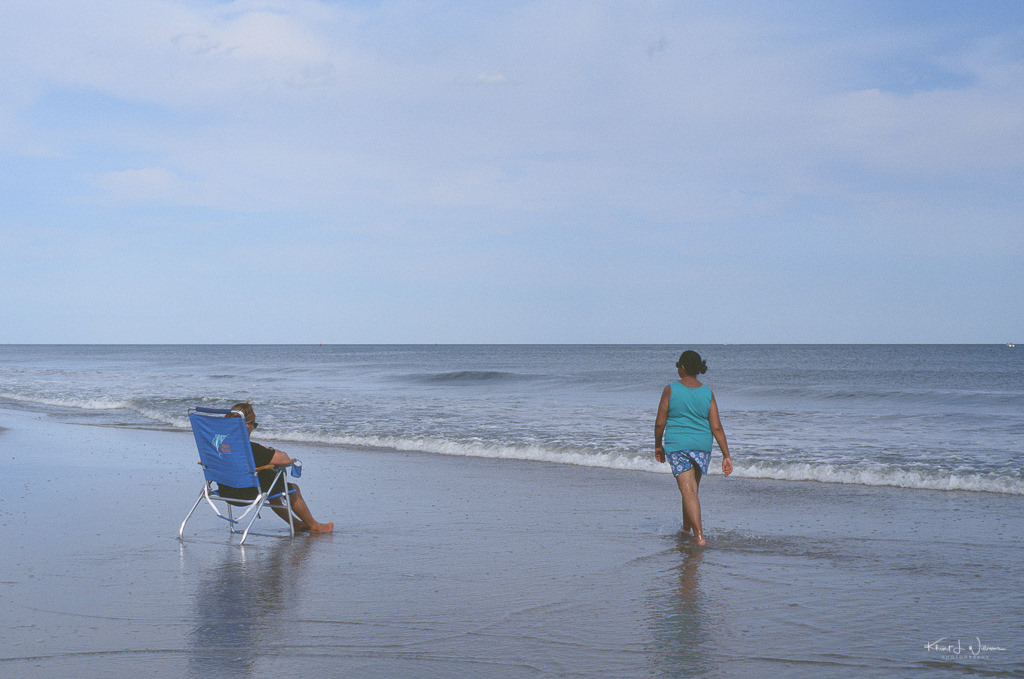
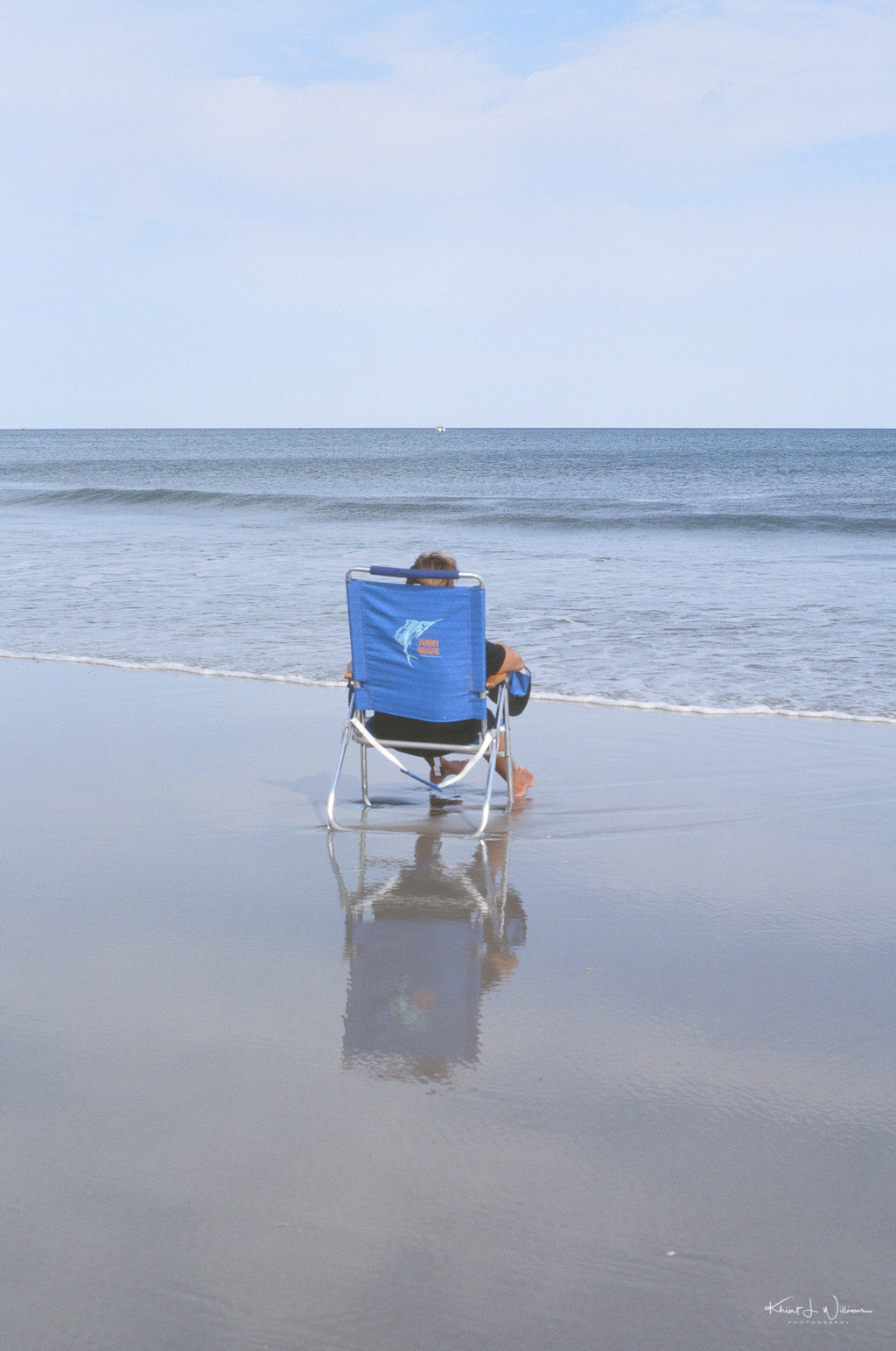
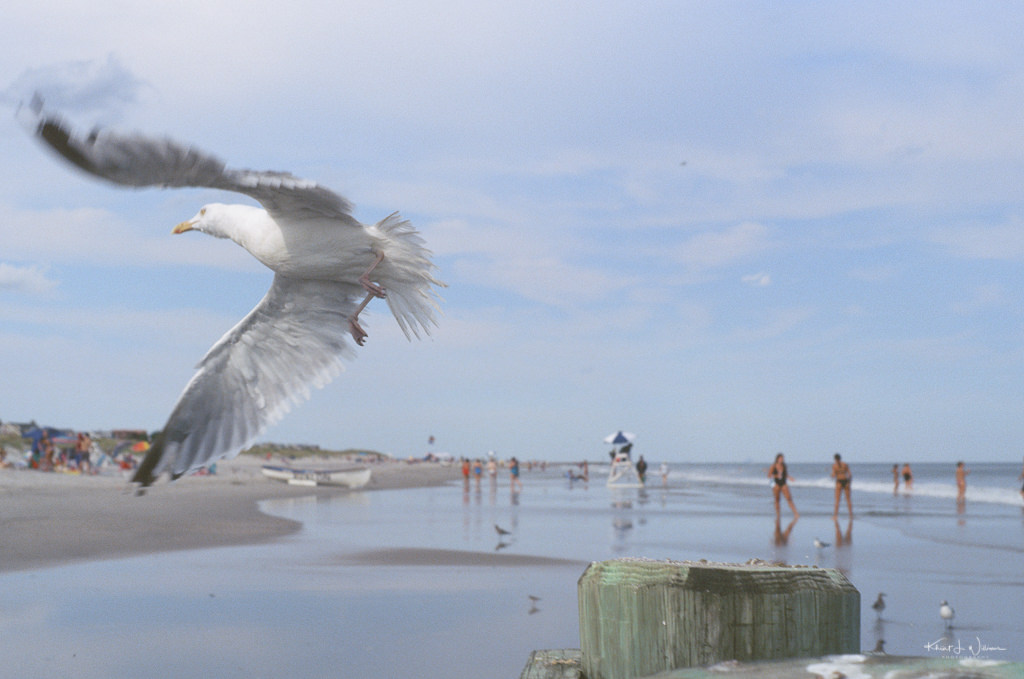
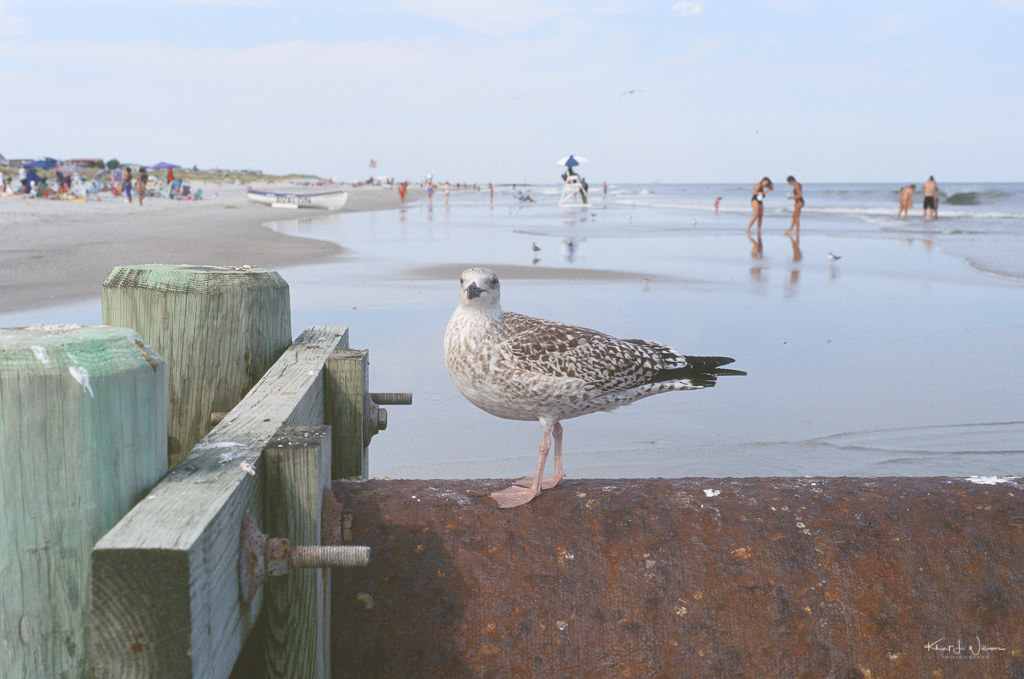
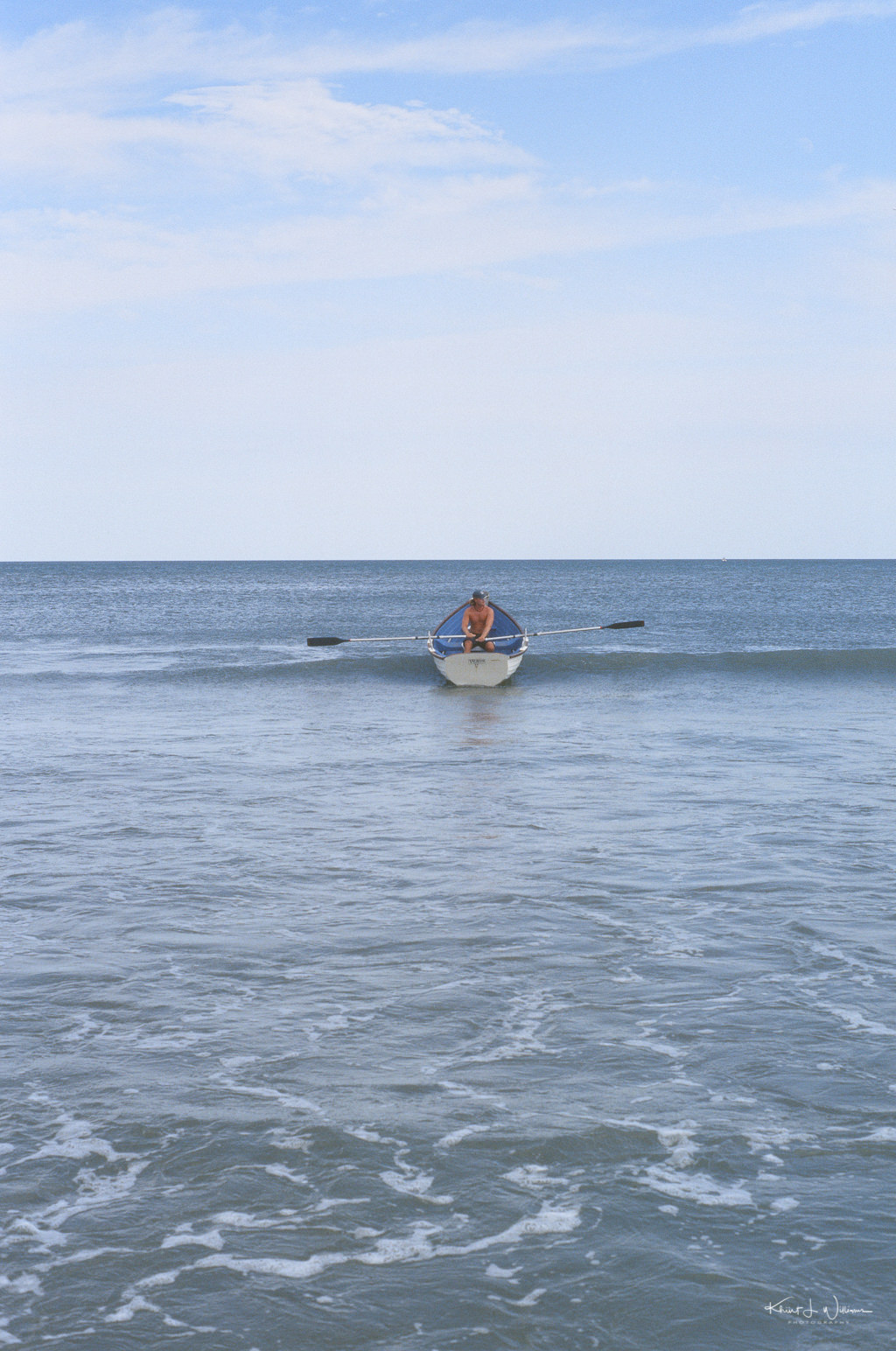
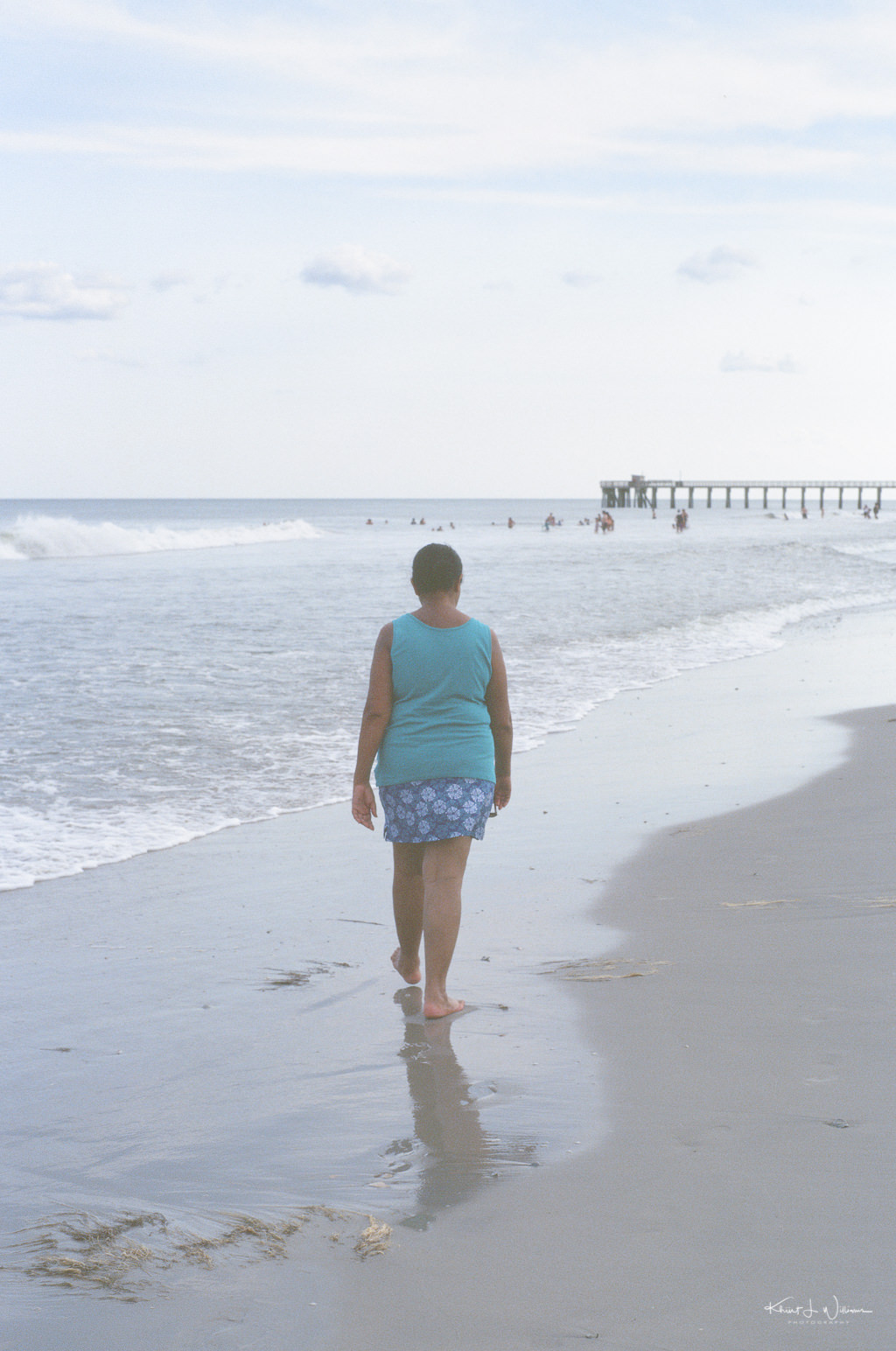
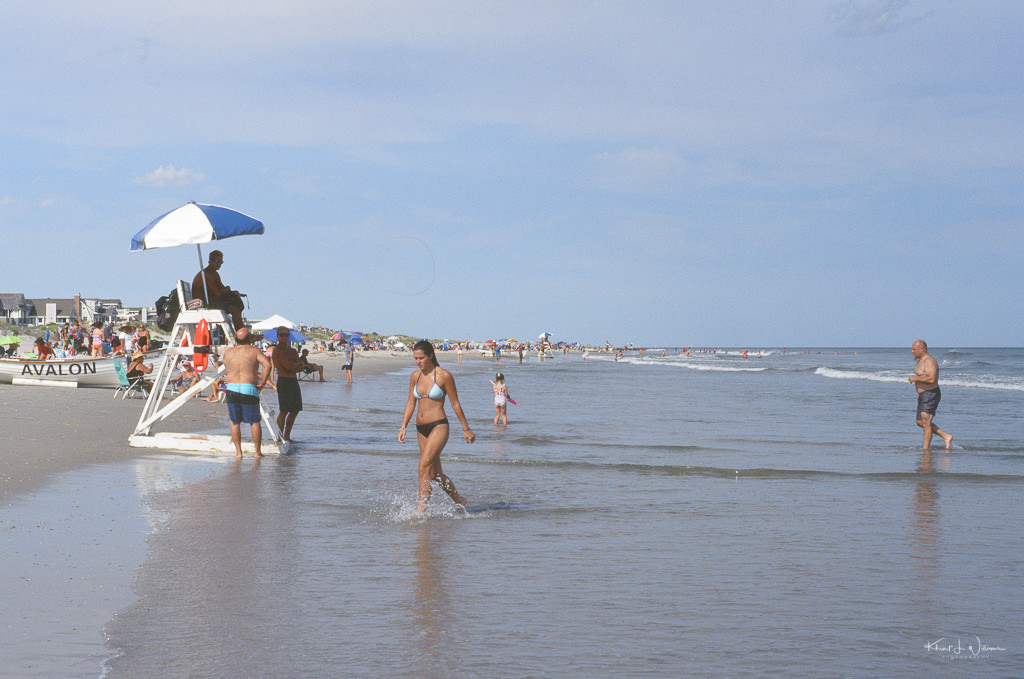
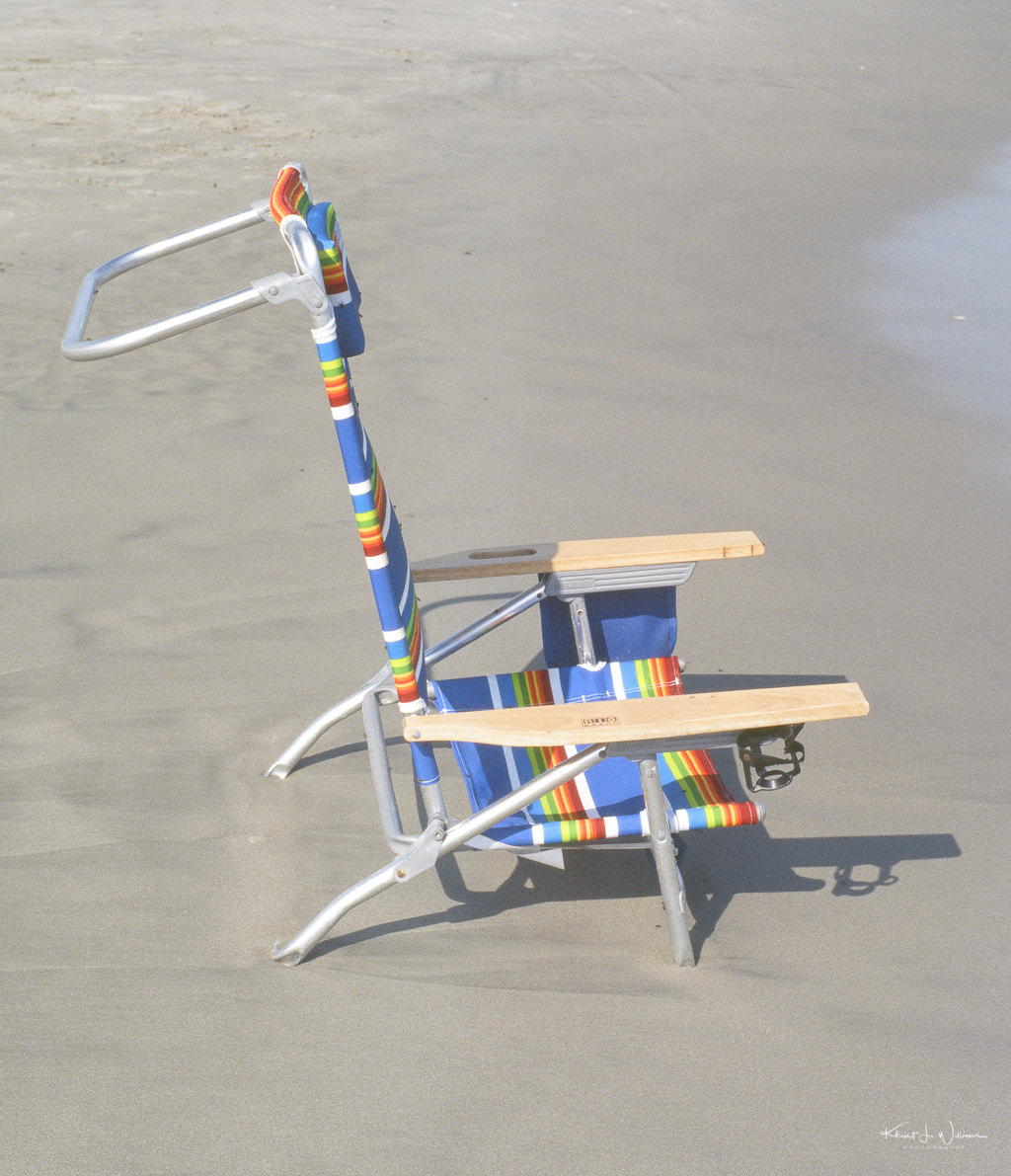

Sharing my thoughts on a time-tested SLR with an elegant design and user-friendly interface that pays homage to Minolta's reputation as a camera manufacturer.
This Article was mentioned on islandinthenet.com
I've never used the Ektachrome before and am surprised by the grain. I wouldn't necessarily expect that with a color film. I think most of the shots turned out well though. And great capture of that seagull in flight!
I think I had high expectations based on reviews and photographs on other websites. Ektachrome E100 is an expensive film.